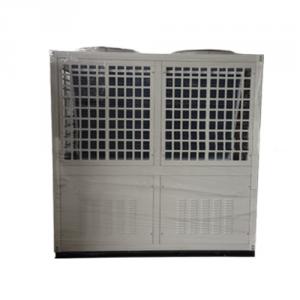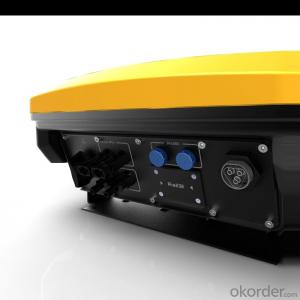Inverter Solar Cell
Inverter Solar Cell Related Searches
Inverter Solar Inverter Battery Solar Solar Solar Inverter Inverter Solar Battery Inverter Power Solar Power Inverter Solar Battery Inverter Solar Inverter Charger Solar Solar Converter Inverter Inverter Solar Panel Power Solar Inverter Solar Electric Inverter Battery Solar Inverter Inverter Solar System Solar Charger Inverter Solar Battery Inverter Inverter Solar Generator Solar Inverter Inverter Inverter Solar Panels Solar Energy Inverter Solar Cell Micro Inverter Inverter Controller Solar Solar System Inverter Inverter Solar Controller Sun Solar Inverter Central Inverter Solar Solar Controller Inverter Solar Panel Inverter Inverter Solar Systems Solar Module InverterInverter Solar Cell Supplier & Manufacturer from China
Inverter Solar Cells are advanced photovoltaic devices that convert sunlight into electricity efficiently. These cells are integrated with inverters, which transform the generated direct current (DC) into alternating current (AC), making it suitable for use in various electrical systems. The Inverter Solar Cell is widely used in residential, commercial, and industrial settings, providing a clean and renewable energy source. They are particularly beneficial in areas with limited access to traditional power grids or where there is a need for off-grid power solutions.The Inverter Solar Cell offers a convenient and reliable way to harness solar energy, making it an ideal choice for those looking to reduce their carbon footprint and save on energy costs. These systems can be installed on rooftops, open fields, or even integrated into building structures, providing a versatile and sustainable energy solution. The usage scenarios for Inverter Solar Cells are vast, ranging from powering homes and businesses to supporting large-scale solar farms and remote area electrification projects.
Okorder.com is a leading wholesale supplier of Inverter Solar Cells, boasting a vast inventory of high-quality products. They cater to the needs of various customers, from individual homeowners to large-scale solar project developers. By offering a wide range of Inverter Solar Cells, Okorder.com ensures that their customers can find the perfect solution for their energy needs. Their commitment to quality and customer satisfaction makes them a trusted source for those seeking to invest in sustainable energy solutions.
Hot Products


















































